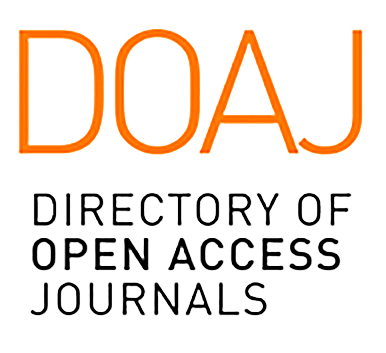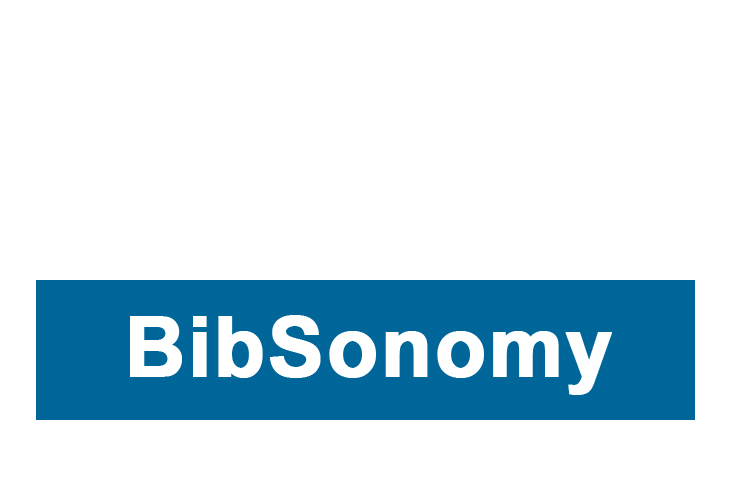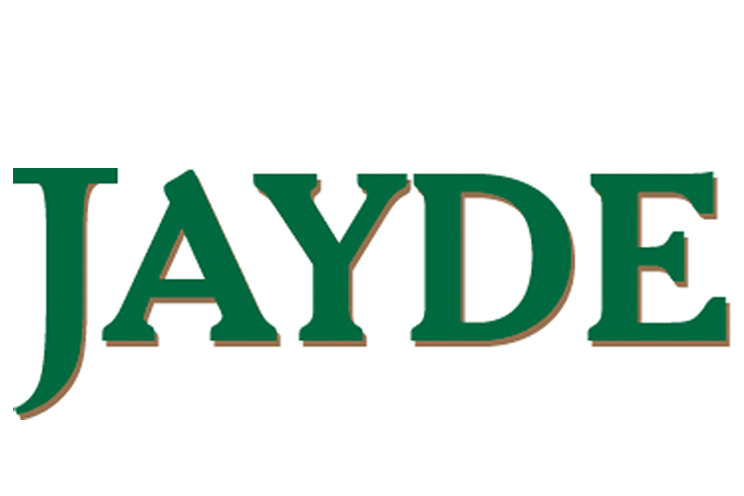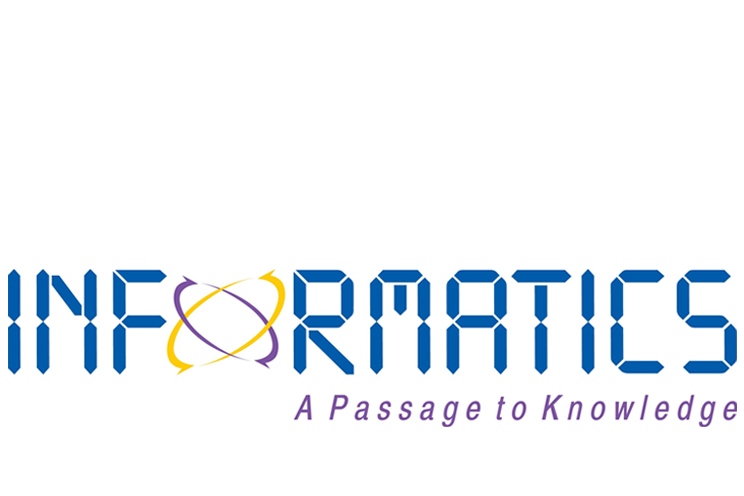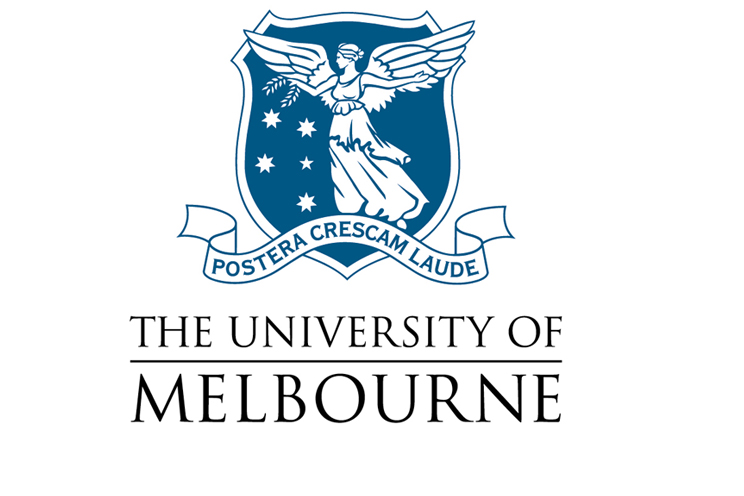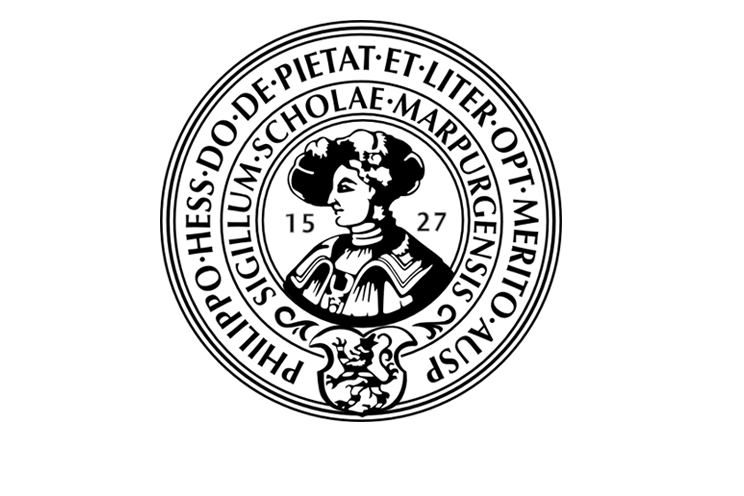Public Paper
-
Cross-Strait Flights Service quality and Customer Satisfaction between Taiwan and the Mainland China
ISSN: 2195-1381
Publisher: author
Cross-Strait Flights Service quality and Customer Satisfaction between Taiwan and the Mainland China
View Paper PDF
Abstract
In recent years, due to the opening of cross-strait policy and the rapid growth of direct flights between mainland China and Taiwan, the competition among airlines will be more intense. If air carriers want to become more competitive, they have to realize major sources of competitive advantage. Service quality is often seen as a prime determinant. In a highly competitive circumstance like the cross-strait direct flight market, how to provide high quality service to satisfy passengers is an important source of competitive advantage for airlines. Airlines can benefit achieving competitive advantage by doing their best to create and maintain service quality, which can lead to customer satisfaction. This study is to examine customers’ satisfaction with the services of the cross-strait flights between Kaohsiung and the mainland China. From collecting the questionnaire data of the airlines passengers at Kaohsiung airport, we attempt to in...
SUBMIT CONCEPT ASK QUESTION
International Category Code (ICC):

ICC-0202
Evaluator Publisher Relations Manager
International Article Address (IAA):
Pending
Paper Profile:
Private
Visitors: 0
Paper Evaluation: Pending
ASI-Factor: 0
Paper Improving: Pending
Paper Flaws: 0
References
[1] Archana, R., Subha, M.V. (2012). A study on service quality and passenger satisfaction on Indian airlines. International Journal of Multidisciplinary Research , 2(2), 50-63.
[2] Chang, C. C., Lin, K., Bao, J. Y. (2006). Developing direct shipping across the Taiwan Strait. Marine Policy, 30(4), 392-399.
Chiu, R. H. (2007). The liberalization of shipping in Taiwan. Marine Policy, 31(3), 258-265.
[3] Culiberg, B. (2010). Identifying service quality dimensions as antecedents to customer satisfaction in retail banking. Economic and Business Review, 12 (3), 151-166.
[4] Grönroos, C. (2000). Service Management and Marketing – A Customer Relationship Management Approach, 2nd ed., John Wiley & Sons, Ltd, Chichester.
[5] Hair, J., Black, W.C., Babin, B.J., Anderson, R.E., Tatham, R. (2006). Multivariate Data Analysis , Pearson Education, New York, NY.
[6] Hussain, R., Al Nasser, A., Hussain, Y. K. (2015). Service quality and customer satisfaction of a UAE-based airline: An empirical investigation. Journal of Air Transport Management, 42, 167-175.
[7] Johnson, M. D., Gustafsson, A., Andreassen, T.W., Lervik, L., Cha, J. (2001). The evolution and future of national customer satisfaction index models, Journal of Economic Psychology, 22(2), 217-245.
[8] Lin, C. C., & Chen, Y. C. (2003). The integration of Taiwanese and Chinese air networks for direct air cargo services. Transportation Research Part A: Policy and Practice, 37(7), 629-647.
[9] Namukasa, J. (2013). The influence of airline service quality on passenger satisfaction and loyalty : The case of Uganda airline industry. The TQM Journal, 25(5), 520 532.
[10] Parasuraman, A., Zeithaml, V.A., Berry, L.L. (1985). A conceptual model of service quality and its implication. Journal of Marketing, 49 (Fall), 41-50.
[11] Parasuraman, A., Berry, L.L., Zeithaml, V.A. (1988). “SERVQUAL: a multiple-item scale for measuring consumer perceptions of service qualityâ€, Journal of Retailing, 4(1), 12-37.
[12] Park, J.W., Robertson, R., Wu, C.L. (2005). Investigating the effects of airline service quality on airline image and passengers' future behavioral intentions: finding from Australian International air passengers. Journal of Tourism Studies, 16 (1), 1-11.
[13] Prayag, G. (2007). Assessing international tourists' perceptions of service quality at Air Mauritius. International Journal of Quality & Reliability Management, 24(5), 492-514.
[14] Rhoades, D.L., Waguespack, B., Treudt, E. (1998), Service quality in the US airline industry: progress and problems. Managing Service Quality, 8(5), 306-311.
[15] Robledo, M.A. (2001), Measuring and managing service quality: integrating customer expectations. Managing Service Quality, 11(1), 22-31.
[16] Sultan, F., Simpson, M.C. (2000). International service variants: airline passenger expectations and perceptions of service quality. Journal of Service Marketing 14, 188-216.
[17] Woodruff, R.B. (1997). Customer value: The next source for competitive advantage. Journal of the Academy of Marketing Science, 25(2), 139-153.
[18] Wu, L.-W. (2011). Satisfaction, inertia, and customer loyalty in the varying levels of the zone of tolerance and alternative attractiveness. Journal of Services Marketing, 25(5), 310-322.
[19] Zeithaml, V.A. (1988). Consumer perceptions of price, quality and value: a means-end model and synthesis of evidence. Journal of Marketing, 52(3), 2-22.
[20] Zeithaml, V. A., Berry, L. L., Parasuraman, A. (1996). The behavioral consequences of service quality. Journal of Marketing, 60(2), 31-46.

